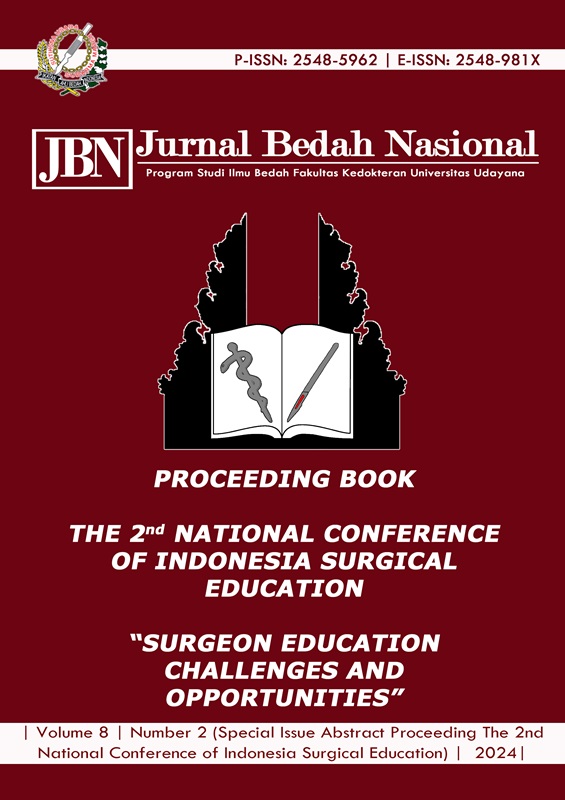037. Outcomes of Management of Adult Patients with Acute Limb Ischemia Using Catheter-Directed Thrombolysis (CDT) and Thrombectomy: A Systematic Review
Abstract
Background: Acute limb ischemia (ALI) is one of the arterial emergencies of sudden decrease in limb perfusion and poses a threat to limb viability. Immediate management is required for better prognosis of the patient. Treatment with Catheter-directed thrombolysis (CDT) and thrombectomy methods have their own advantages and disadvantages that require further study. Methods: The authors completed a descriptive systematic review of retrospective cohort studies and randomised controlled trials (RCTs) based on PRISMA guidelines, including studies that included CDT and thrombectomy interventions in patients with acute limb ischemia. Data were extracted on sample size, age, diagnosis, mechanism of intervention, treatment outcome and complications. Results: Of the 304 studies, the authors included 5 cohort studies and RCTs, with a total sample size of 5,781 samples aged 60-72 years. All studies used CDT method, compared with various thrombectomy (Percutaneous aspiration thrombectomy (PAT), Pharmacomechanical thrombectomy (PMT), Percutaneous mechanical thrombectomy (PMT), Catheter-based thrombectomy (CBT), and Operative embolectomy. It was found that therapeutic outcomes based on risk of amputation, mortality and complications did not show significant differences between the two groups, but hospitalisation duration outcomes appeared longer in patients with CDT than thrombectomy (p value 0.0001 and 0.000). Conclusion: ALI is a condition that requires immediate management to reopen arterial flow so that ischaemic conditions in the tissue can be avoided, various intervention methods either with medication (thrombolysis) or invasive procedures with thrombectomy are considered to provide good outcomes in patients.
Downloads

This work is licensed under a Creative Commons Attribution 4.0 International License.
Program Studi Ilmu Bedah Fakultas Kedokteran Universitas Udayana. 
This work is licensed under a Creative Commons Attribution 4.0 International License.






